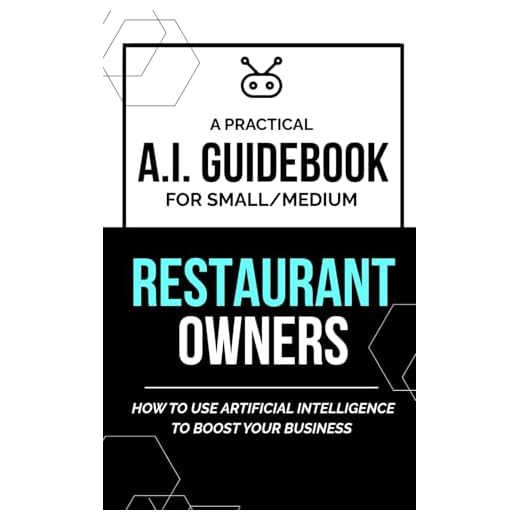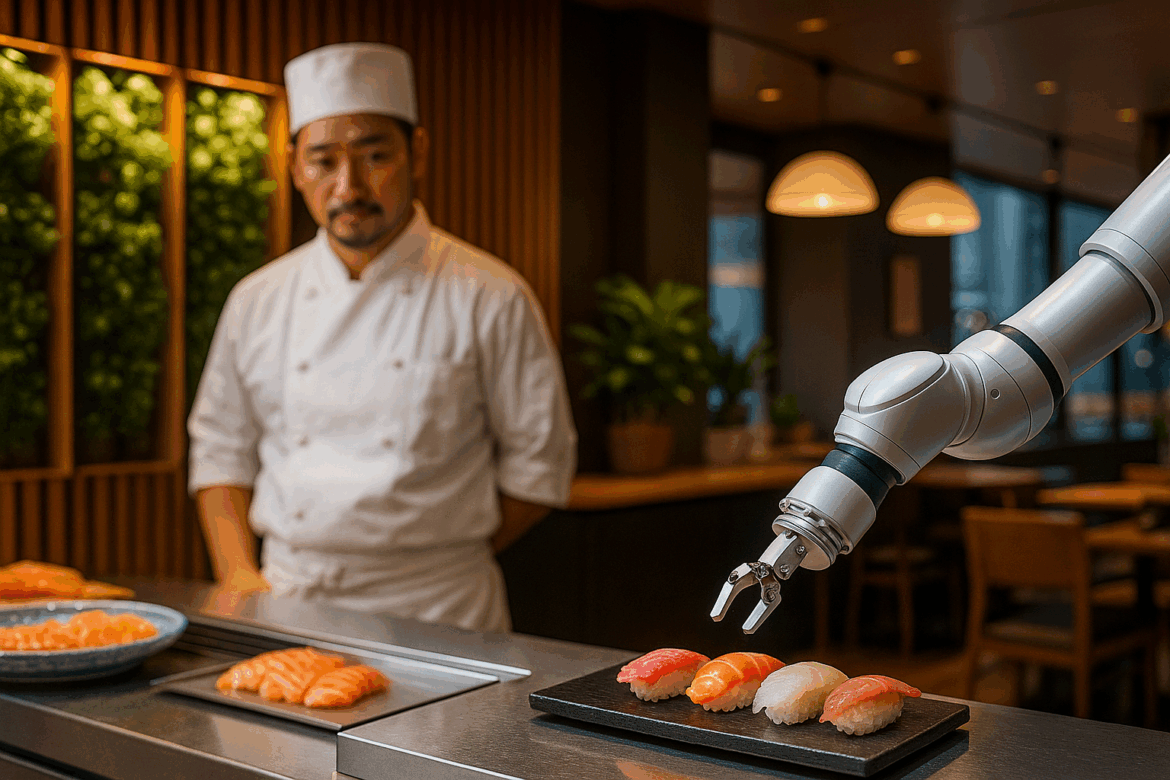The Secret Life of Japanese Food: From High-Tech Farming to Michelin Tables
In the neon-lit streets of Tokyo and the serene countryside of rural Japan, a quiet revolution is transforming one of the world’s most revered culinary traditions. While Japan has long been synonymous with precision, artistry, and respect for ingredients, today’s Japanese food scene is experiencing an unprecedented fusion of ancient wisdom and cutting-edge technology. From AI-controlled rice paddies to robotic assistants in Michelin-starred kitchens, Japan is redefining what it means to create, serve, and experience exceptional cuisine.
This technological renaissance isn’t merely about novelty—it’s a sophisticated response to pressing challenges including an aging farming population, urban space constraints, and the growing demand for sustainable luxury experiences. For discerning travelers and food enthusiasts, Japan offers an exclusive glimpse into the future of dining, where tradition and innovation dance together in perfect harmony. The result is a culinary landscape that maintains its soul while embracing the possibilities of tomorrow.




Revolutionary Farm Technology: Cultivating the Future
Japan’s agricultural sector is undergoing a dramatic transformation that would make even the most traditional farmers of centuries past marvel at today’s innovations. The country’s agricultural robot market is projected to reach $1.2 billion by 2025, driven by necessity and ambition in equal measure. With nearly 70% of Japanese farmers over age 60, technology has become essential for maintaining the country’s food security and culinary excellence.
In the rice paddies of Niigata Prefecture, autonomous tractors equipped with GPS and AI systems plant, tend, and harvest crops with millimeter precision. These robotic farmers work around the clock, analyzing soil conditions, weather patterns, and crop health to optimize yields while reducing environmental impact. Dr. Takeshi Yamamoto from Tokyo University of Agriculture explains, “The future of farming lies in precision agriculture guided by artificial intelligence. We’re not just growing food; we’re cultivating data.”
Vertical farming facilities in urban areas like Tokyo and Osaka are producing vegetables year-round in climate-controlled environments that use 95% less water than traditional farming. These high-tech farms can produce 390 times more crops per square foot than conventional agriculture, supplying premium ingredients to the city’s most exclusive restaurants. Companies like Spread Co. have developed fully automated vertical farms where robots handle everything from seeding to harvesting, ensuring consistent quality that meets the exacting standards of Japan’s culinary masters.
The integration of IoT sensors and machine learning algorithms allows farmers to monitor every aspect of crop development remotely. This precision agriculture approach ensures that ingredients reaching high-end restaurants possess optimal flavor profiles, nutritional content, and aesthetic appeal—qualities that have always been paramount in Japanese cuisine.
AI and Robotics in Professional Kitchens: The New Culinary Assistants
Tokyo’s 226 Michelin-starred establishments represent the pinnacle of culinary achievement, and many are quietly embracing technological innovations that enhance rather than replace human expertise. The integration of AI and robotics in professional kitchens represents a fascinating evolution of Japanese culinary philosophy, where perfection is pursued through both spiritual discipline and technological precision.
At several high-end establishments, AI systems analyze thousands of variables to predict optimal cooking times, temperatures, and ingredient combinations. These systems don’t replace the chef’s intuition but provide data-driven insights that support their creative vision. Some restaurants use robotic assistants for precise tasks like rice washing, dashi preparation, and ingredient portioning—activities that require exact consistency but allow human chefs to focus on the artistry of composition and presentation.
Chef Yoshihiro Murata of the three-Michelin-starred Kikunoi restaurant notes, “Technology is not replacing the human touch in Japanese cuisine, but amplifying it to perfection. Our robotic assistants handle the foundational work with absolute precision, freeing our chefs to focus on the creative and emotional aspects of cooking.”
The most intriguing development is the emergence of AI-powered menu optimization systems that analyze customer preferences, seasonal ingredient availability, and nutritional requirements to suggest personalized dining experiences. These systems help restaurants create unique omakase experiences that adapt to individual dietary needs and preferences while maintaining the surprise and delight that define Japanese fine dining.
Sustainability Meets Luxury: The Green Revolution
The convergence of sustainability and luxury dining in Japan represents more than a trend—it’s a fundamental shift in how the country approaches food production and consumption. With 85% of luxury travelers prioritizing sustainable dining experiences, Japan’s high-end restaurants are leveraging technology to minimize environmental impact while maximizing culinary excellence.
Sake Dean from the Japanese Culinary Institute observes, “We’re witnessing the democratization of Michelin-quality techniques through technology. Sustainability isn’t a compromise on luxury—it’s an enhancement of it.” This philosophy is evident in restaurants that use blockchain technology to trace ingredient provenance, ensuring that every component of a meal meets both ethical and quality standards.
Smart kitchen systems in luxury establishments monitor energy consumption, waste production, and resource utilization in real-time. These systems can reduce food waste by up to 30% while maintaining the exacting standards expected in high-end dining. Some restaurants have implemented AI-powered inventory management that predicts demand with remarkable accuracy, reducing both waste and costs.
The integration of renewable energy sources, water recycling systems, and carbon-neutral delivery networks has created a new category of “sustainable luxury” that appeals to environmentally conscious travelers. These initiatives often remain invisible to diners, maintaining the seamless experience while operating with unprecedented efficiency behind the scenes.
The Consumer Experience: Technology as Invisible Enhancement
For luxury travelers and food enthusiasts, Japan’s tech-enhanced dining experiences offer unprecedented levels of personalization and engagement. QR code menus have evolved into interactive platforms that provide detailed information about ingredient origins, preparation methods, and even the specific farms where vegetables were grown. Some establishments offer virtual reality experiences that transport diners to the rural locations where their ingredients were cultivated.
Reservation systems powered by AI analyze dining preferences, past orders, and even social media activity to suggest restaurants and experiences tailored to individual tastes. These systems can coordinate complex multi-restaurant experiences across different cities, ensuring that each meal builds upon the previous one to create a cohesive culinary journey.
The rise of robotic hospitality extends beyond the kitchen to service robots that can prepare certain dishes tableside, explain cooking techniques, and even engage in basic conversation about the meal. While these technologies might seem impersonal, they’re designed to enhance rather than replace human interaction, allowing servers to focus on the emotional and cultural aspects of hospitality that define Japanese service excellence.
Tips for Experiencing Tech-Enhanced Japanese Cuisine
- Research Before You Go: Invest in comprehensive guidebooks like The Food of Japan: A Culinary Journey to understand the cultural context behind technological innovations. Many high-tech restaurants don’t advertise their technological features, so advance research is essential.
- Book Premium Experiences: Contact restaurants directly to inquire about behind-the-scenes tours or chef’s table experiences that showcase their technological innovations. Many establishments offer exclusive experiences for international visitors that highlight their tech integration.
- Embrace the Learning Opportunity: Bring a translation device or download apps that can help you understand technical explanations. The Pocketalk Classic Language Translator can be invaluable for detailed technical discussions with chefs and staff.
- Visit During Off-Peak Hours: Many restaurants are more willing to demonstrate their technological features during slower periods. Lunch reservations often provide more opportunities for extended conversations with staff about their innovations.
- Combine Rural and Urban Experiences: Plan visits to both high-tech farms and city restaurants to understand the complete farm-to-table technology integration. This provides context for appreciating the sophistication of the entire system.
Common Mistakes to Avoid
- Expecting Obvious Technology: Many of Japan’s most advanced culinary technologies operate invisibly. Don’t assume a restaurant isn’t tech-enhanced just because you can’t see robots or screens—the most sophisticated systems often work behind the scenes.
- Focusing Only on Novelty: While the technology is fascinating, remember that it serves to enhance traditional Japanese culinary values. Visitors who focus solely on the tech aspects may miss the deeper cultural significance of how these innovations support traditional principles.
- Overlooking Sustainability Aspects: Many travelers focus on the luxury aspects while missing the sophisticated sustainability technologies at work. Ask about environmental initiatives—many restaurants are proud to share their green technology implementations.
The secret life of Japanese food reveals itself not in flashy displays of technology, but in the subtle integration of innovation with tradition. From the precision of AI-controlled farming to the artistry of robot-assisted cooking, Japan has created a culinary ecosystem where technology serves as an invisible hand, perfecting techniques that have been refined over centuries.
This revolution offers luxury travelers and food enthusiasts a unique opportunity to witness the future of dining while experiencing the profound cultural values that make Japanese cuisine extraordinary. As you plan your next culinary adventure, consider Japan not just as a destination for exceptional food, but as a window into the future of how technology can enhance rather than replace the human elements that make dining truly memorable.
The convergence of silicon and soul in Japanese cuisine represents more than innovation—it’s a masterclass in how technology can honor tradition while pushing boundaries. For those ready to experience this remarkable fusion, Japan awaits with open arms and revolutionary flavors.

